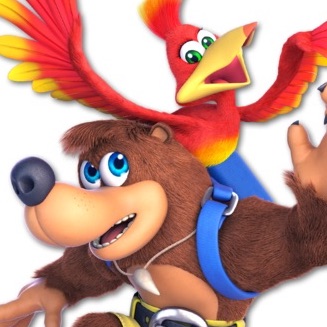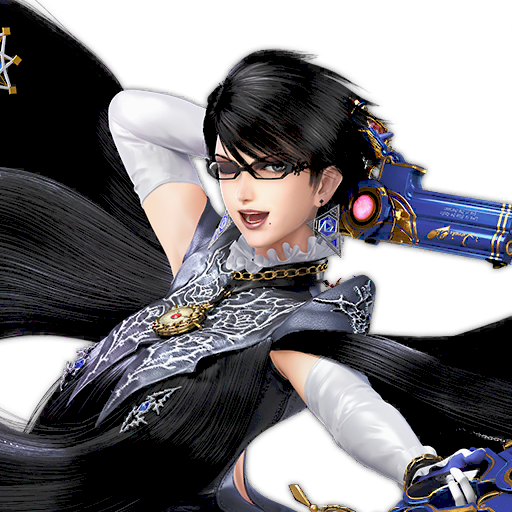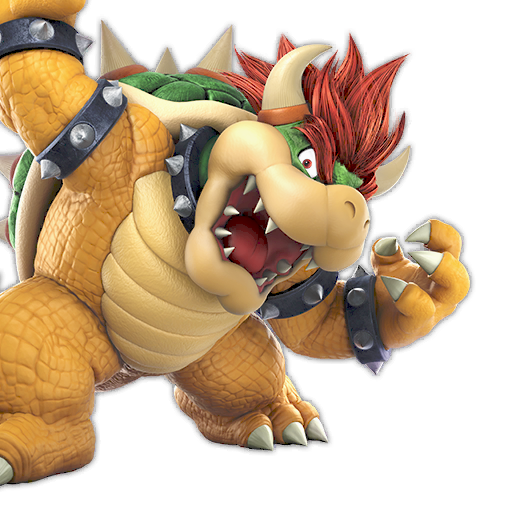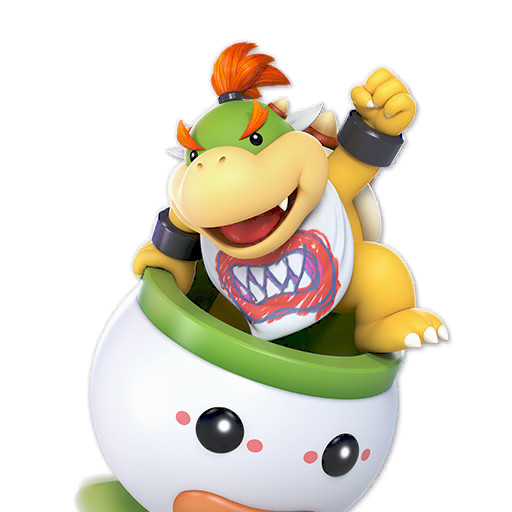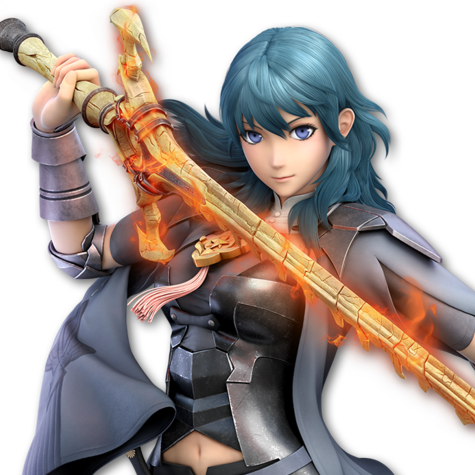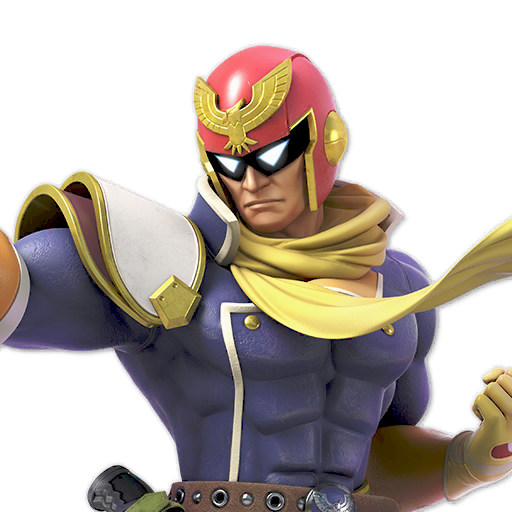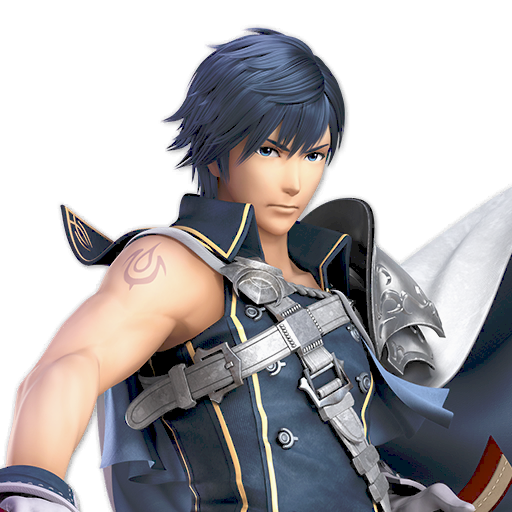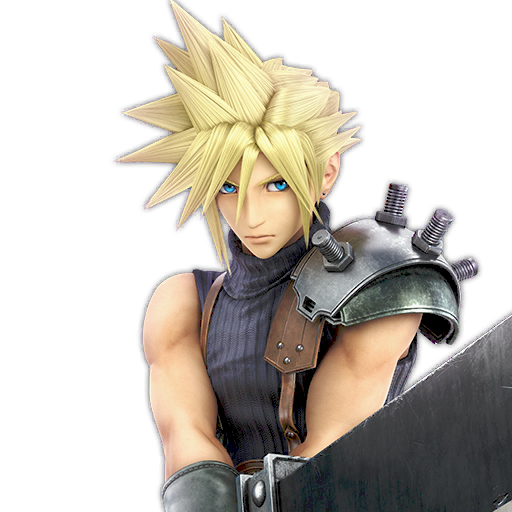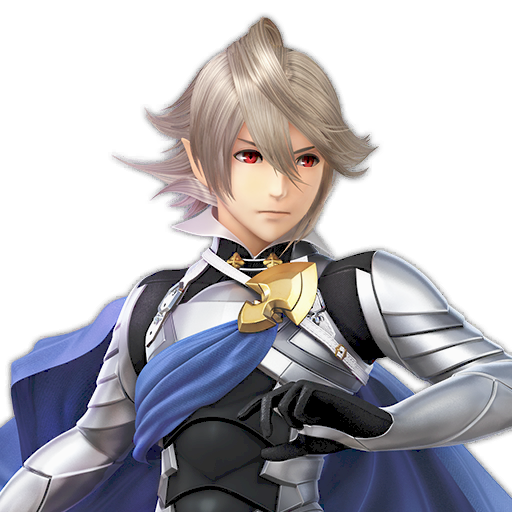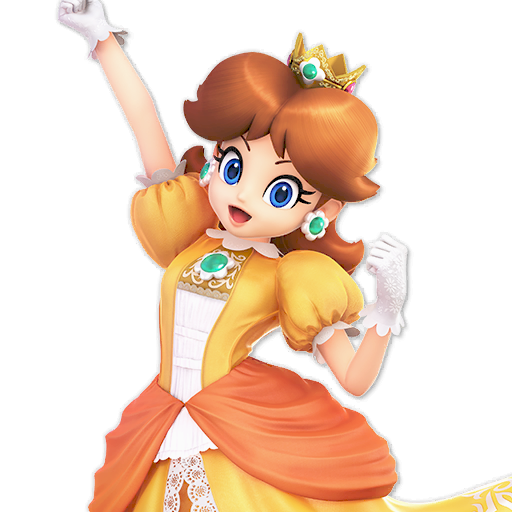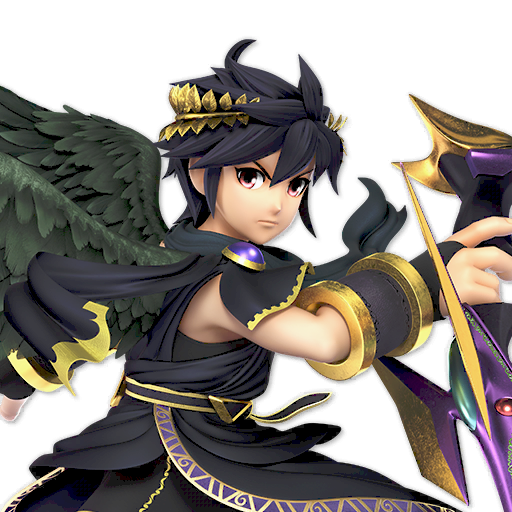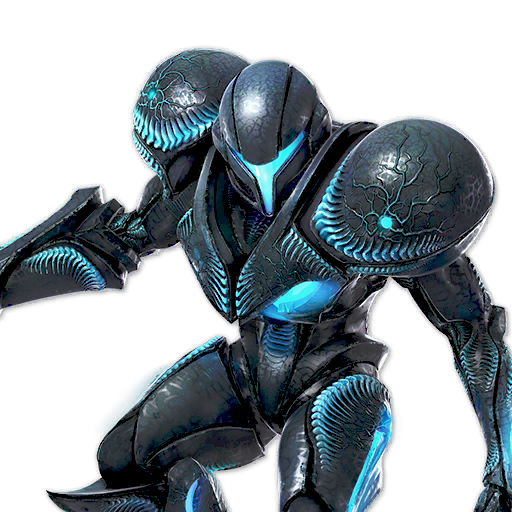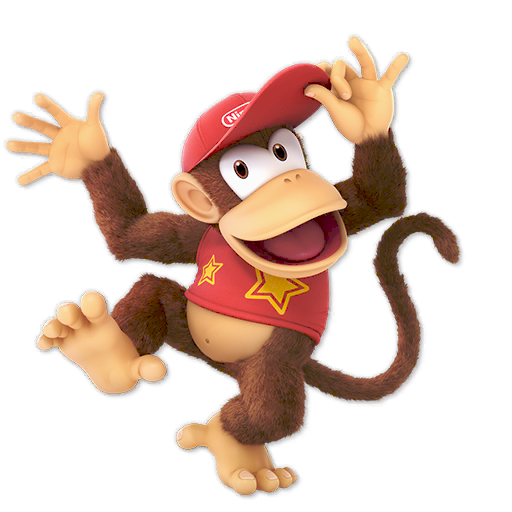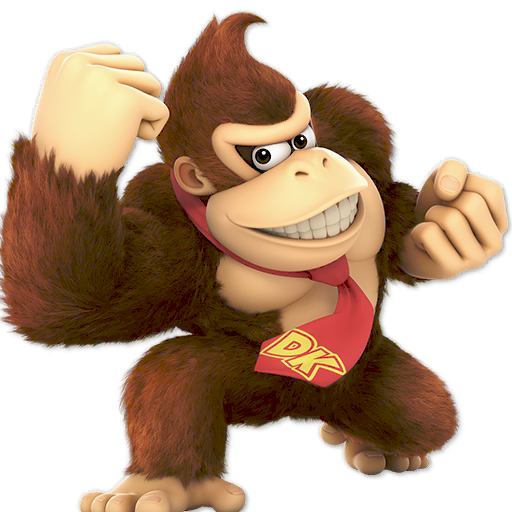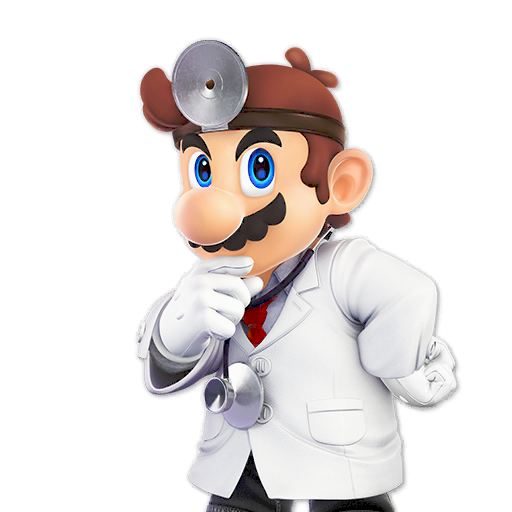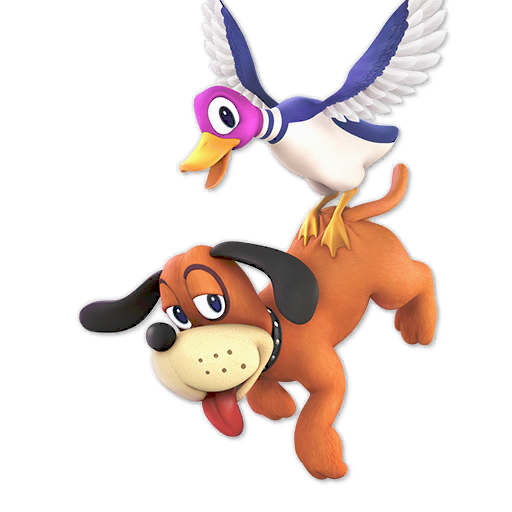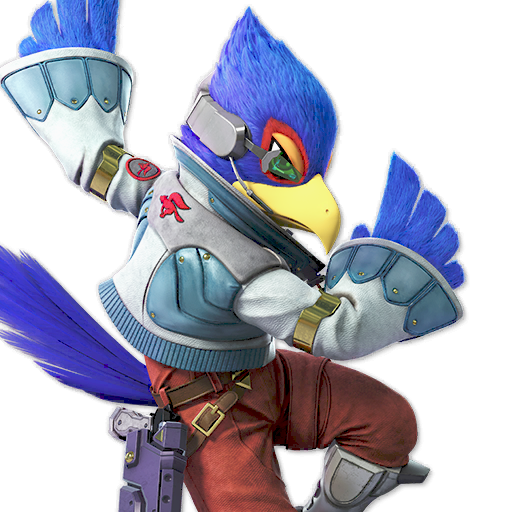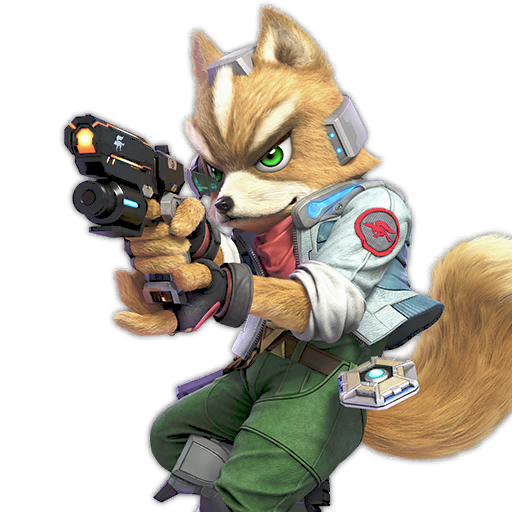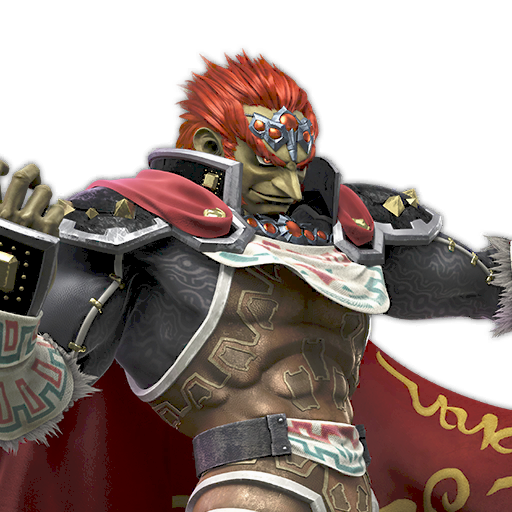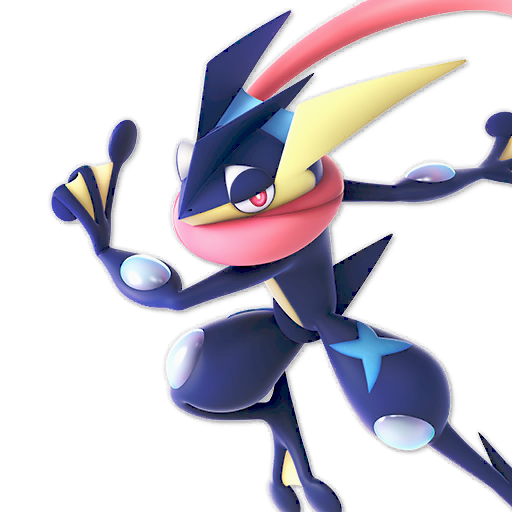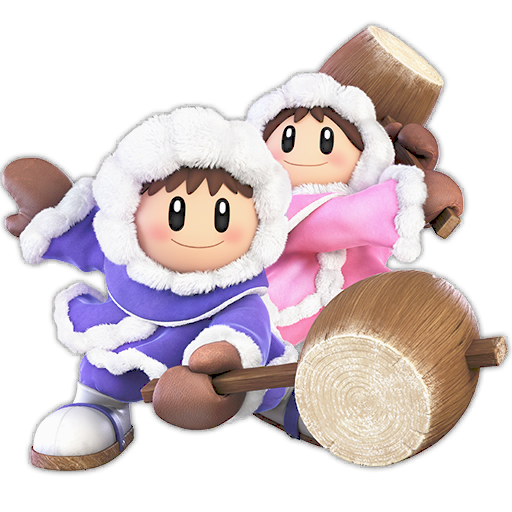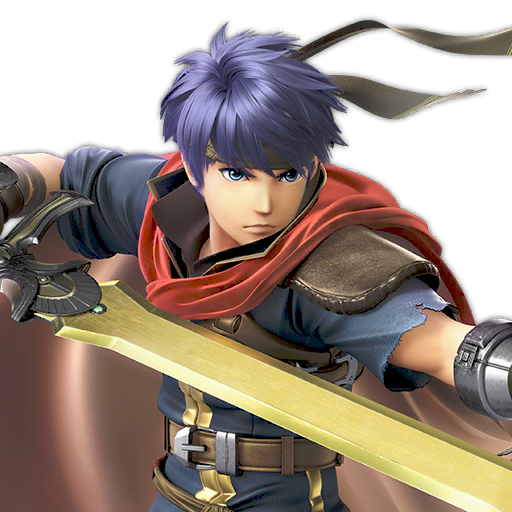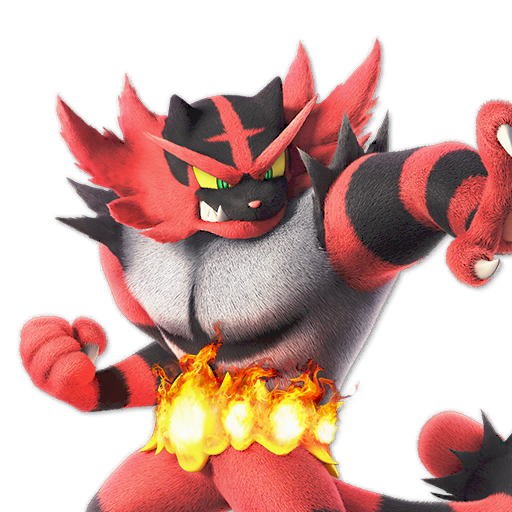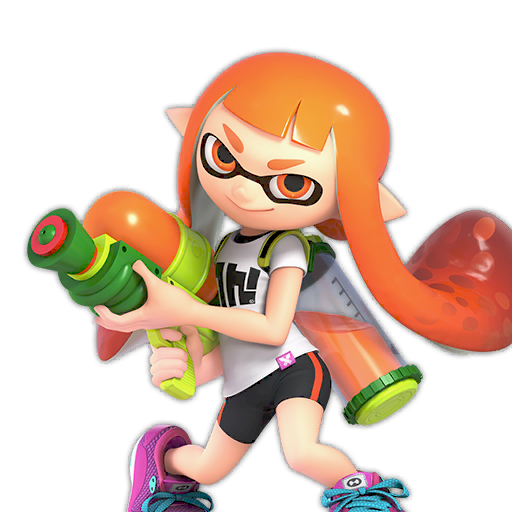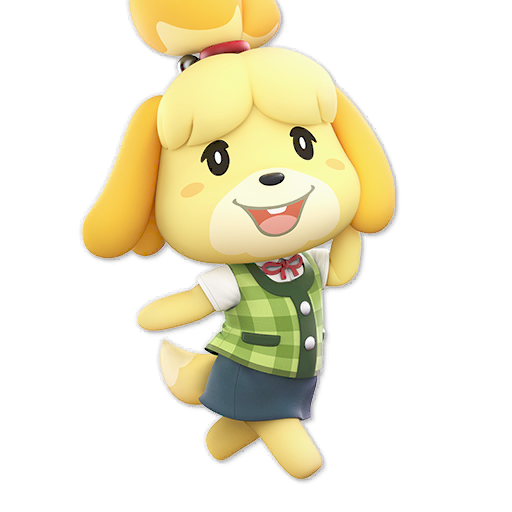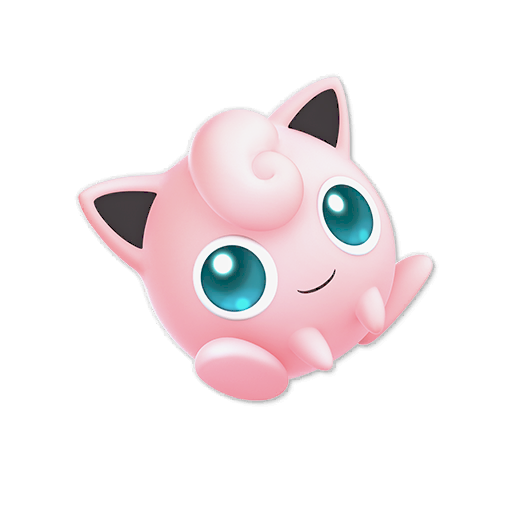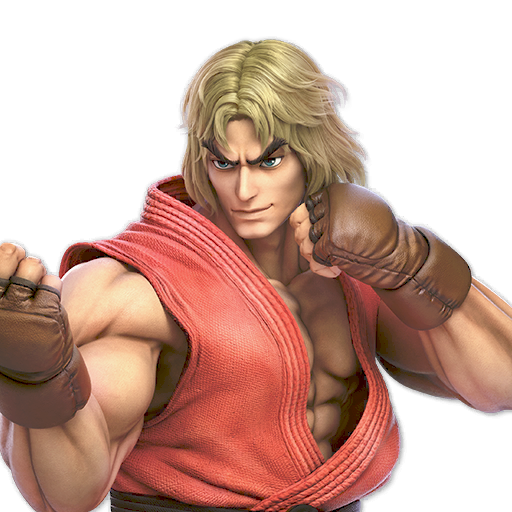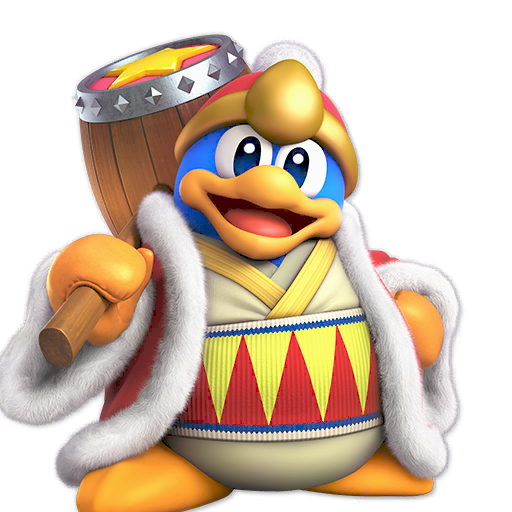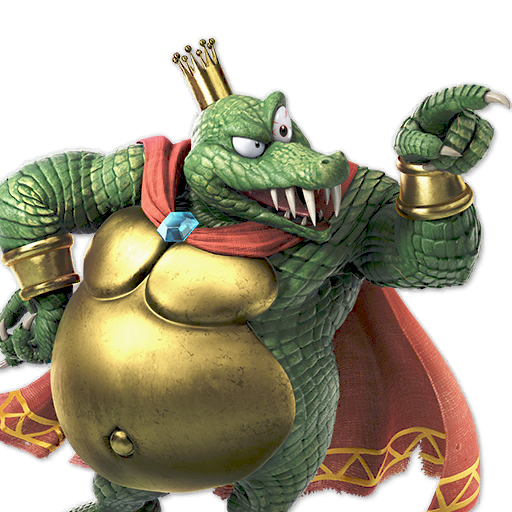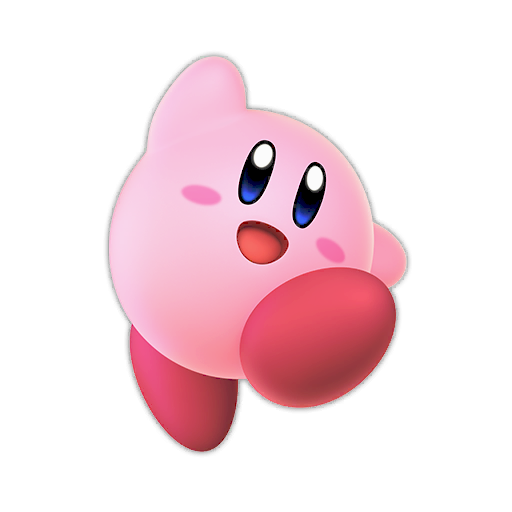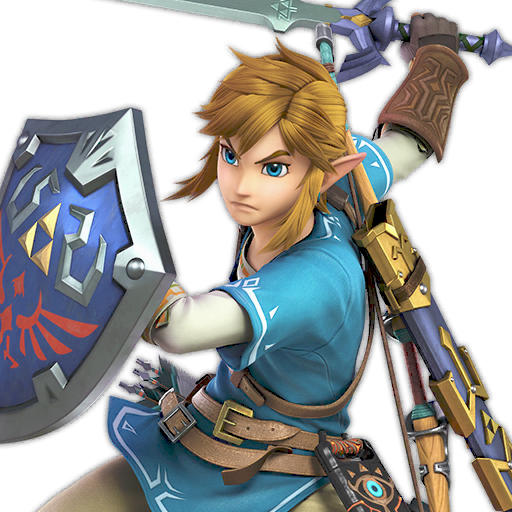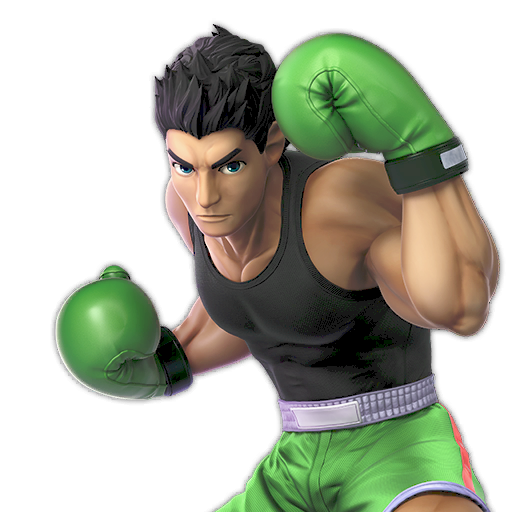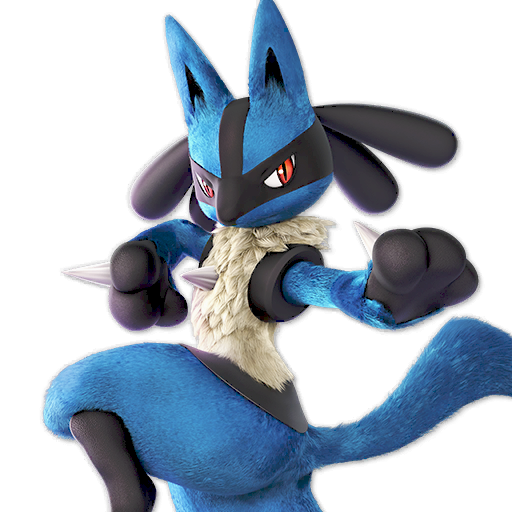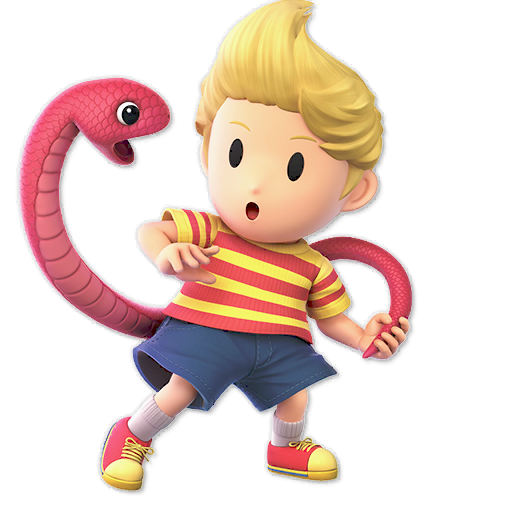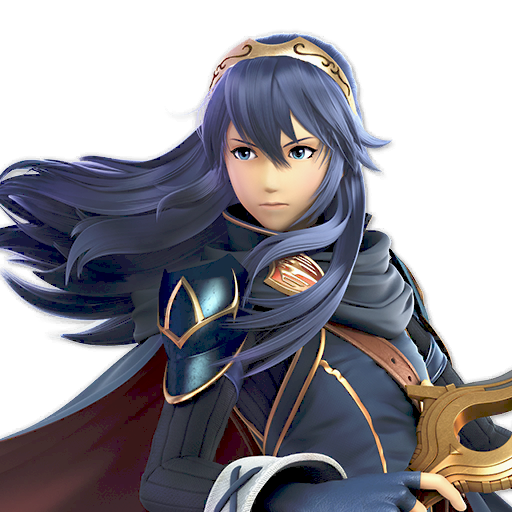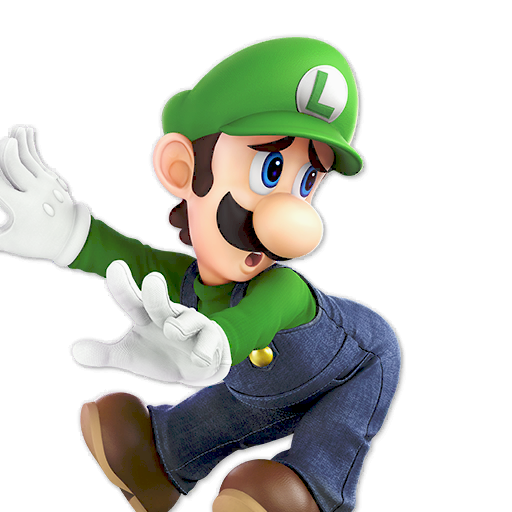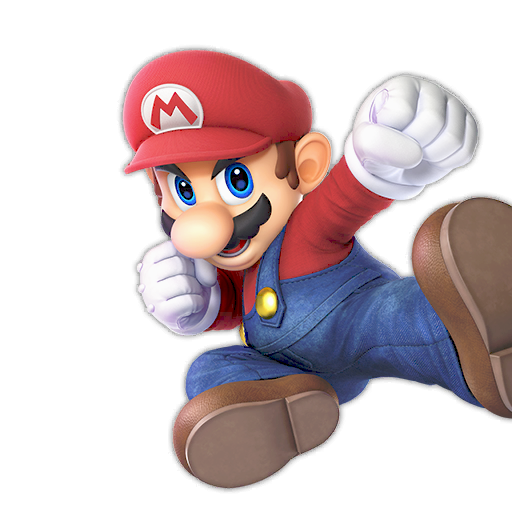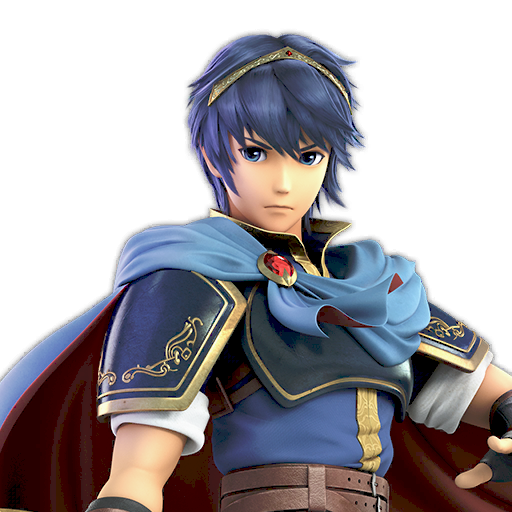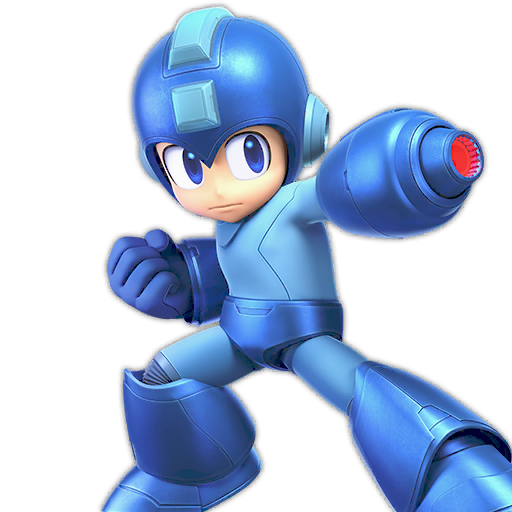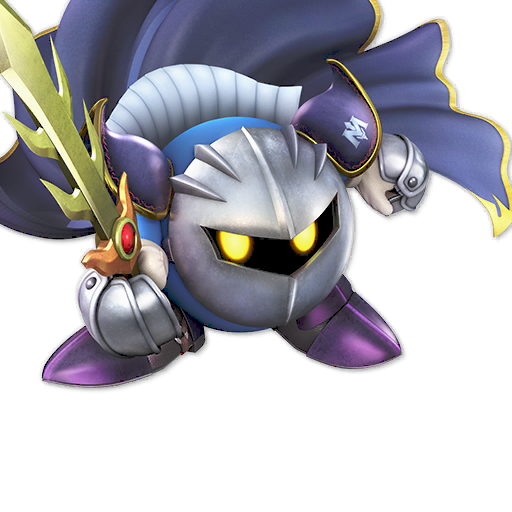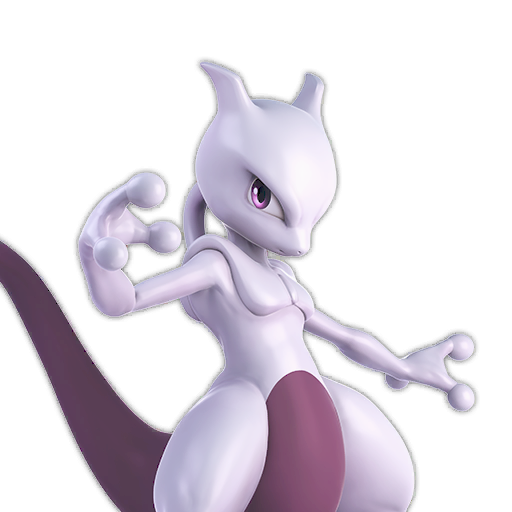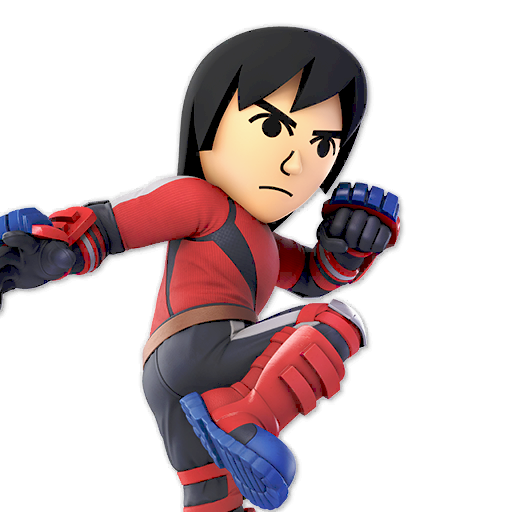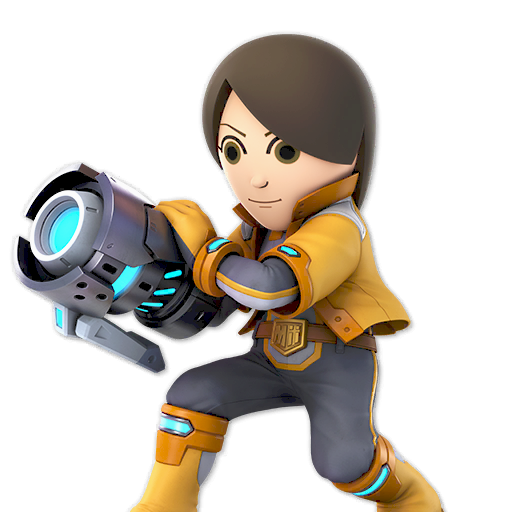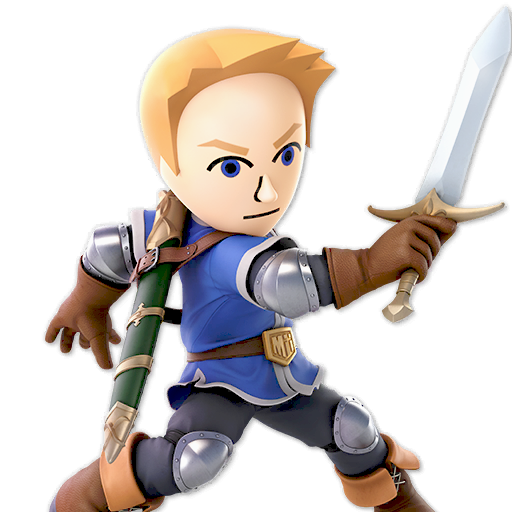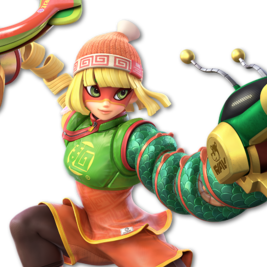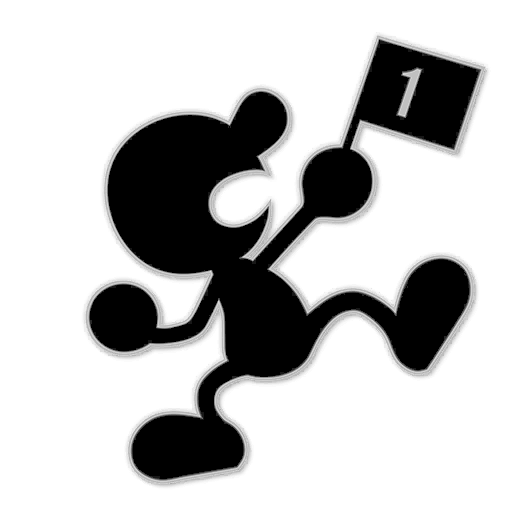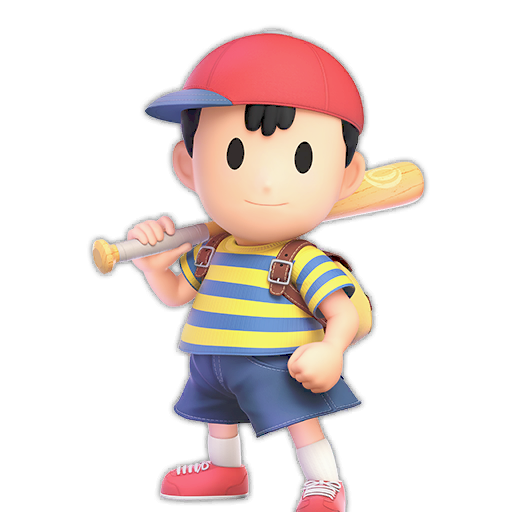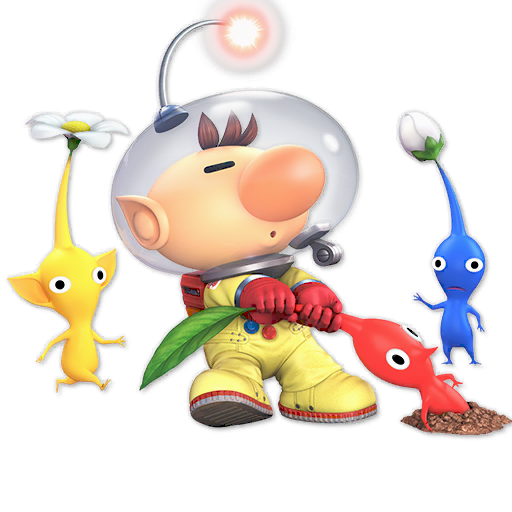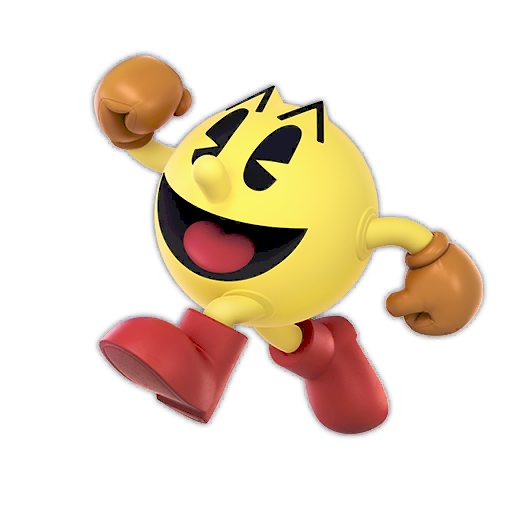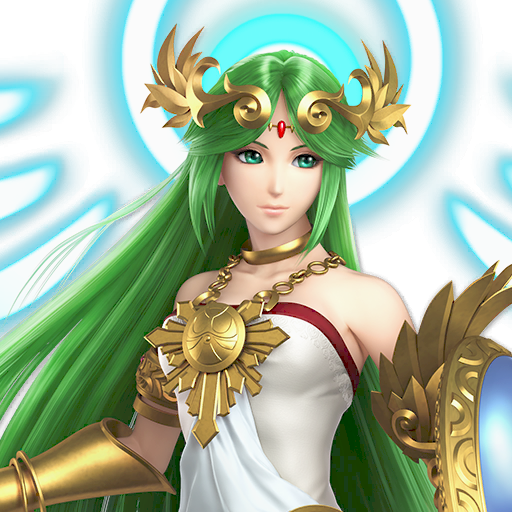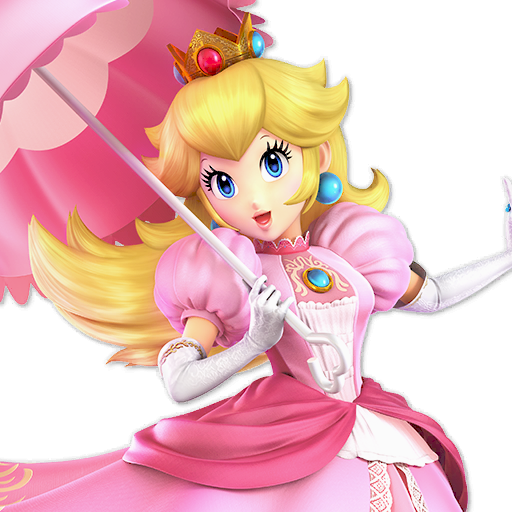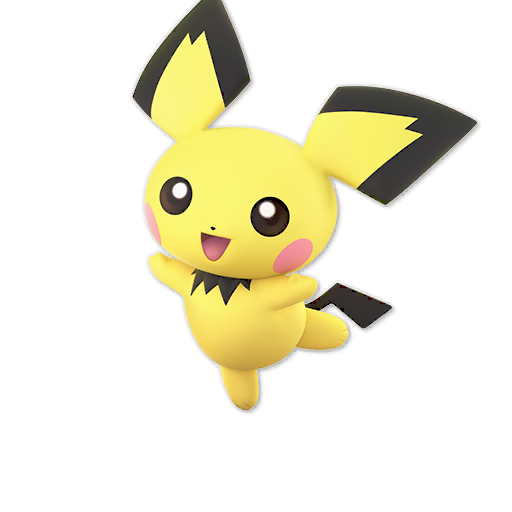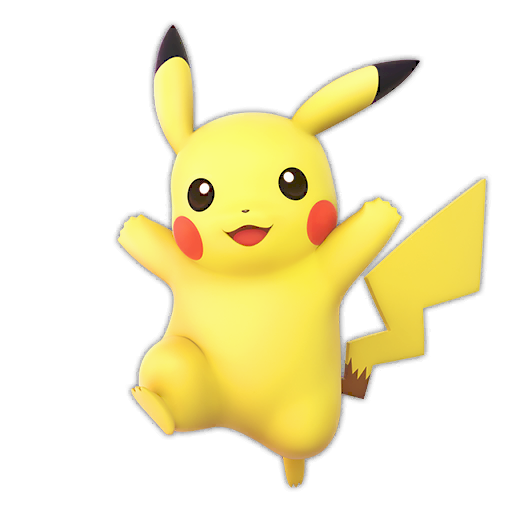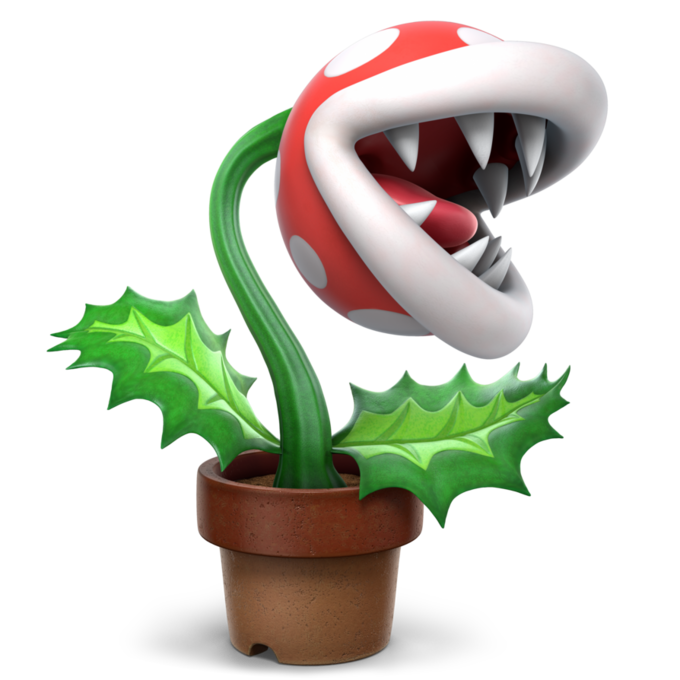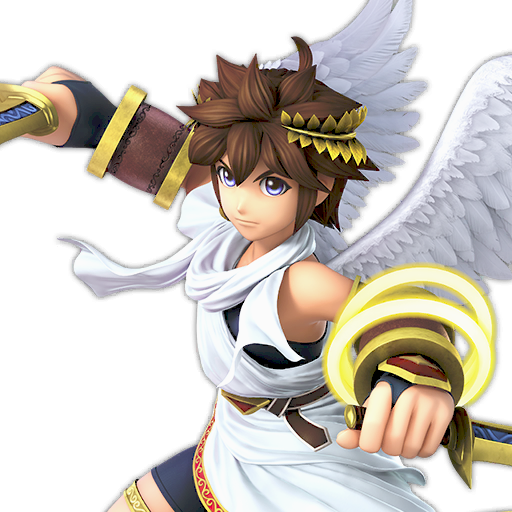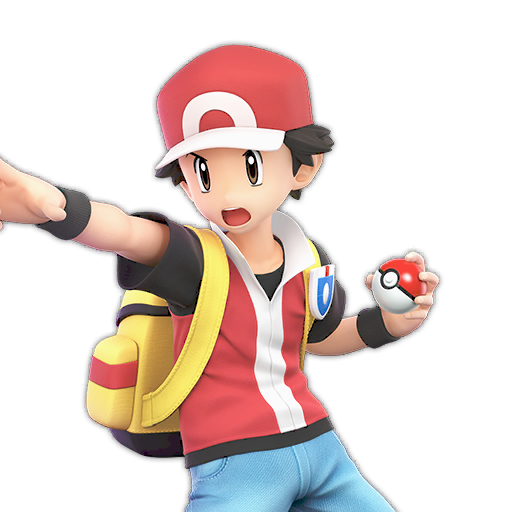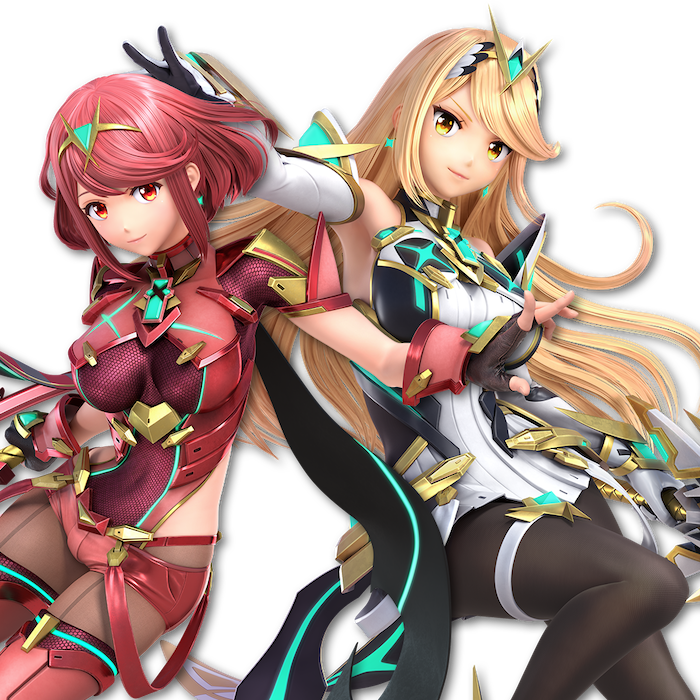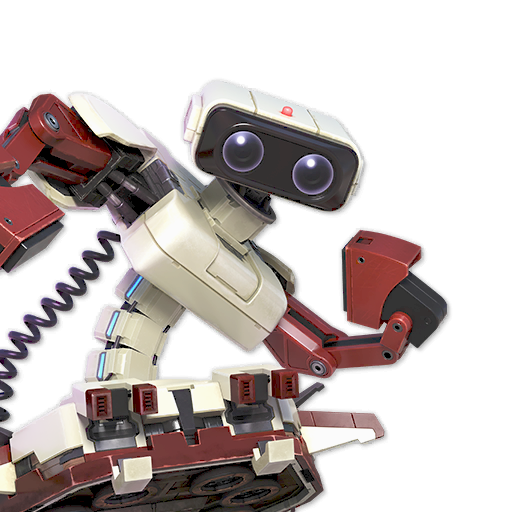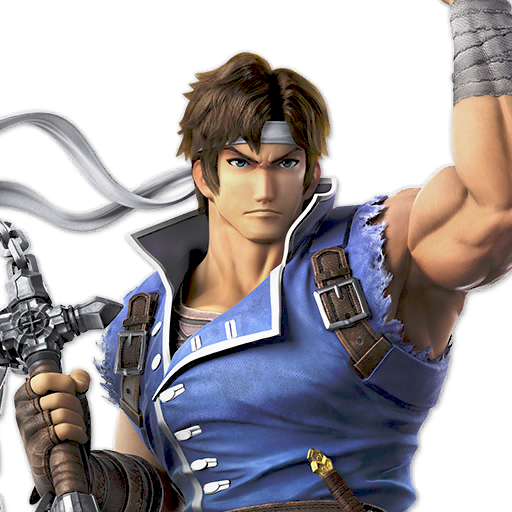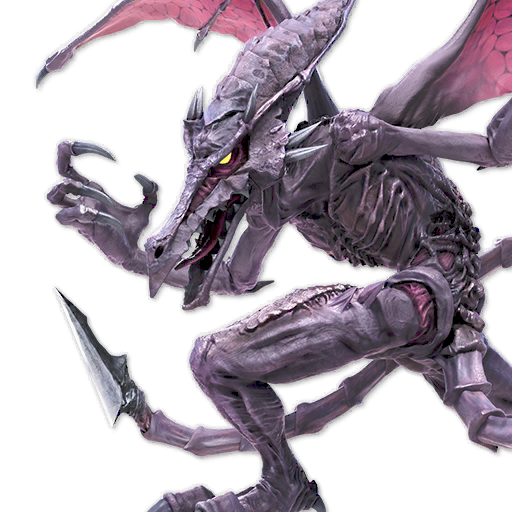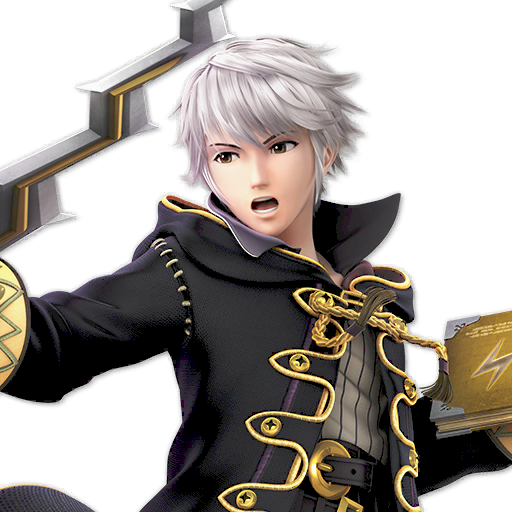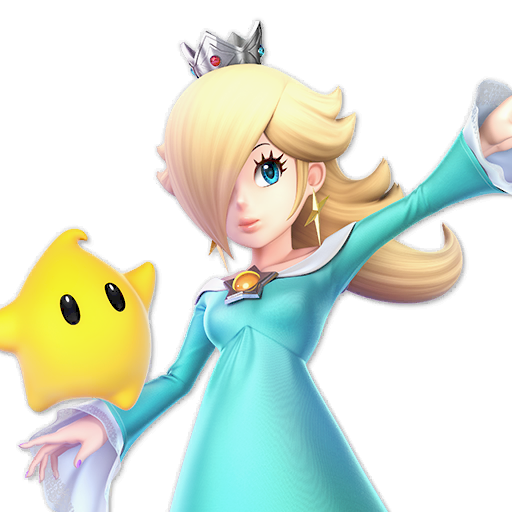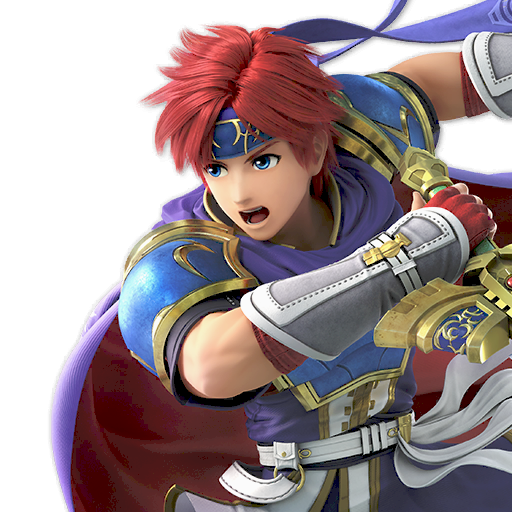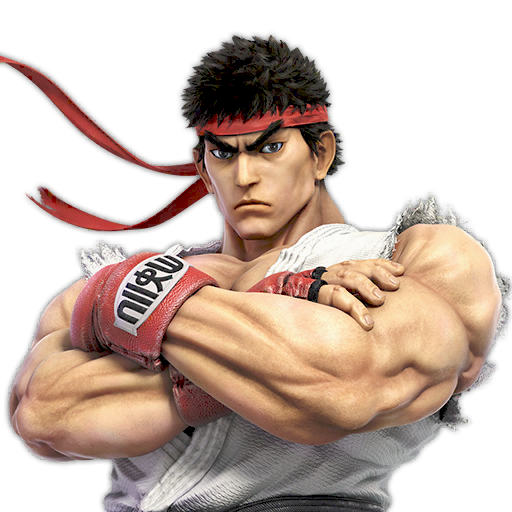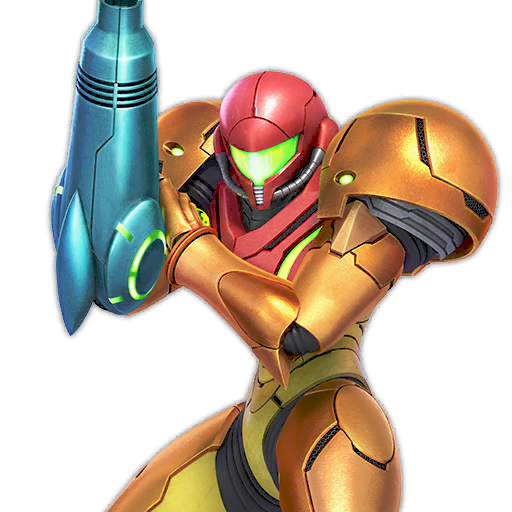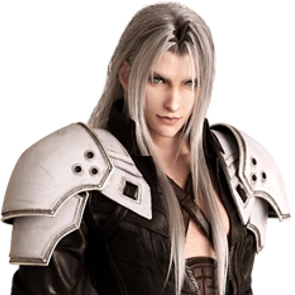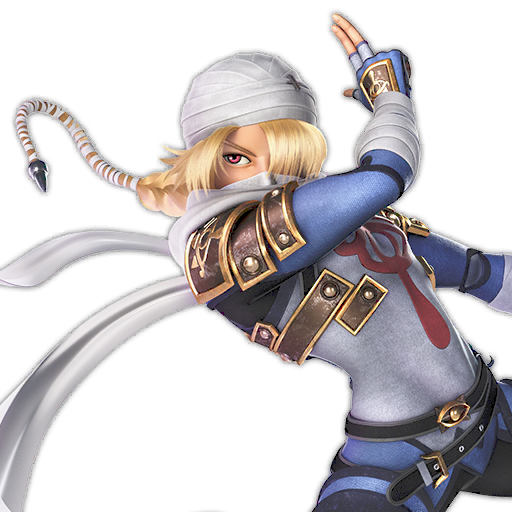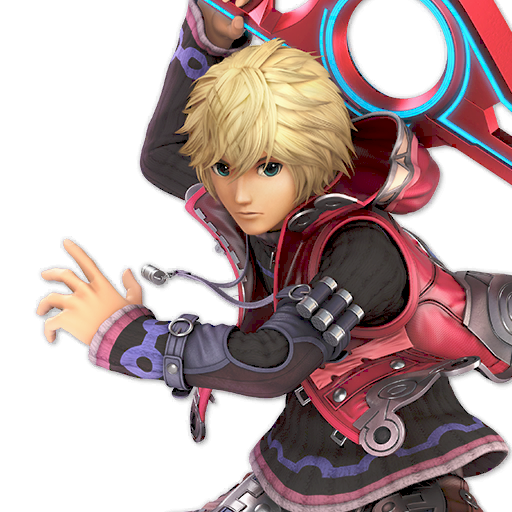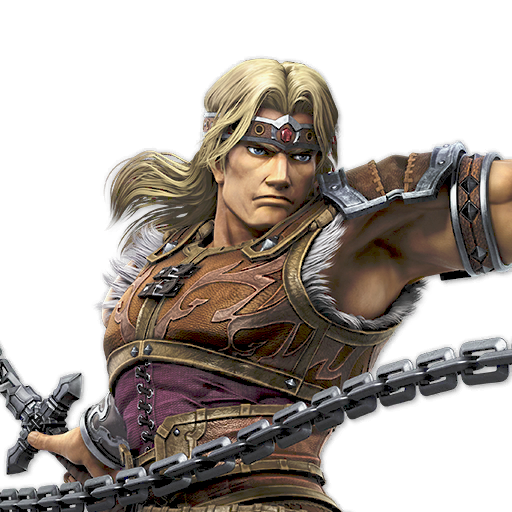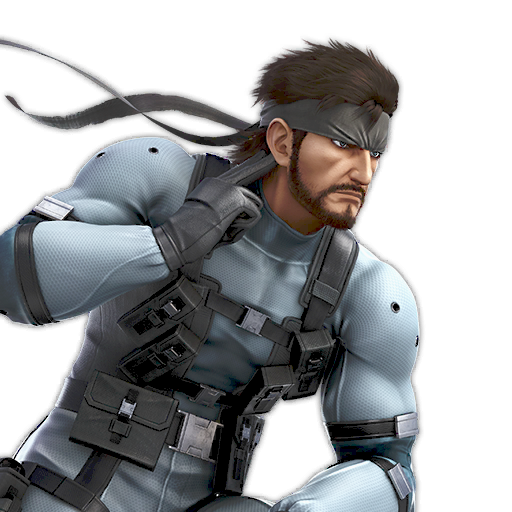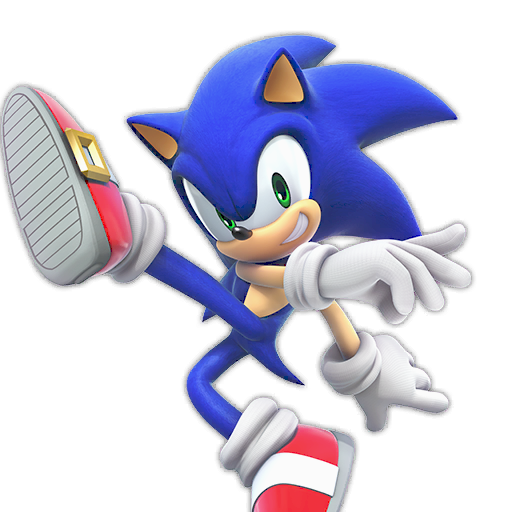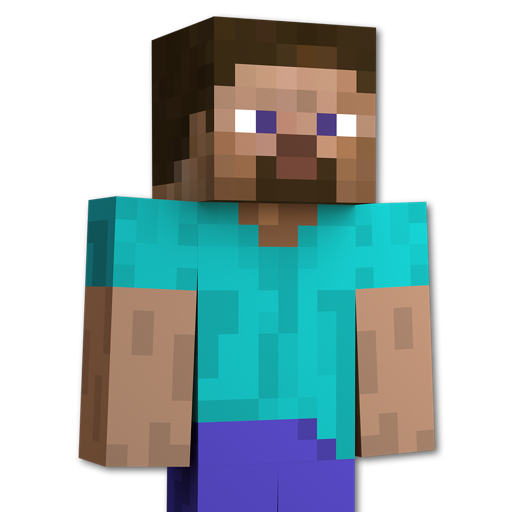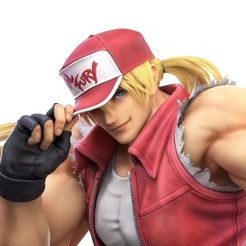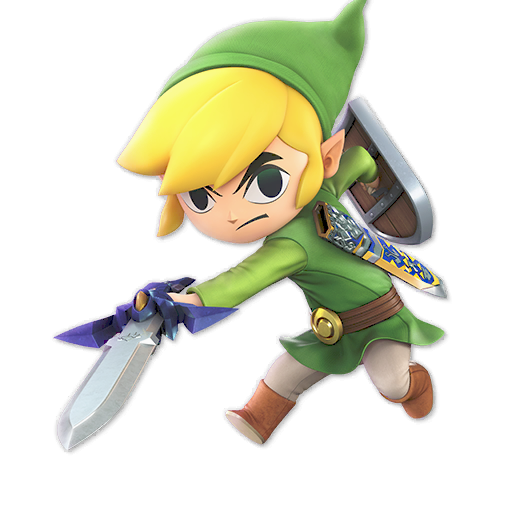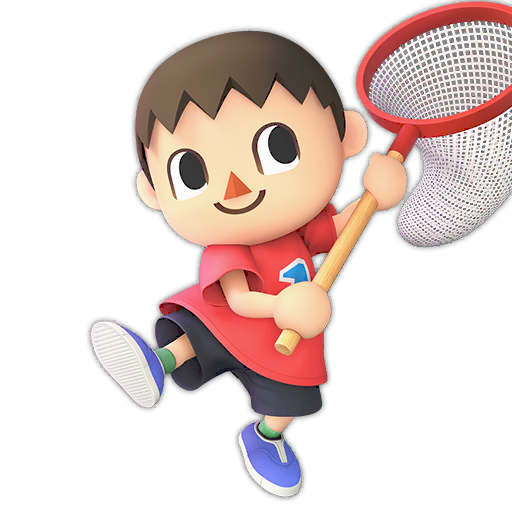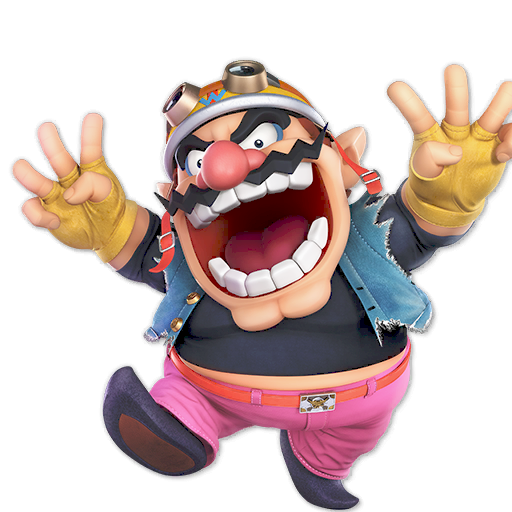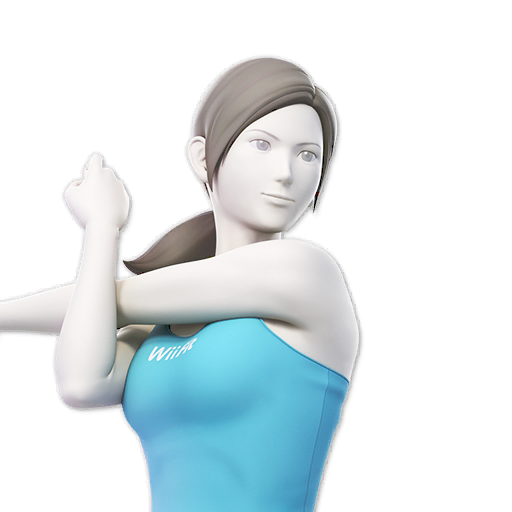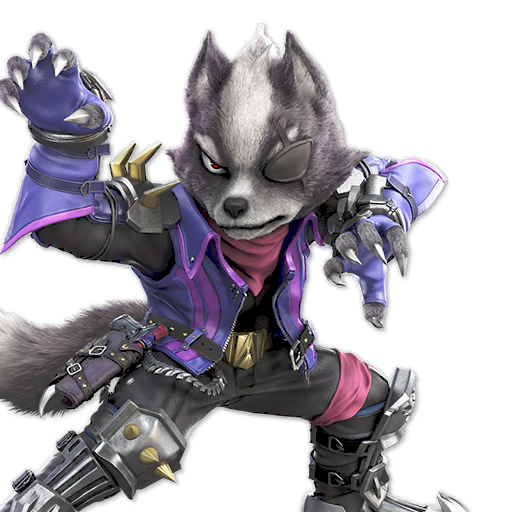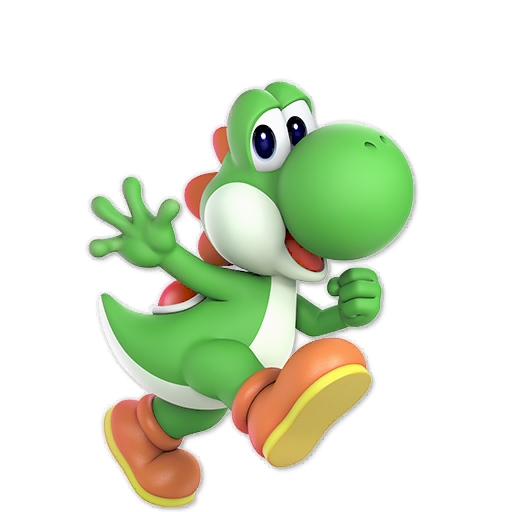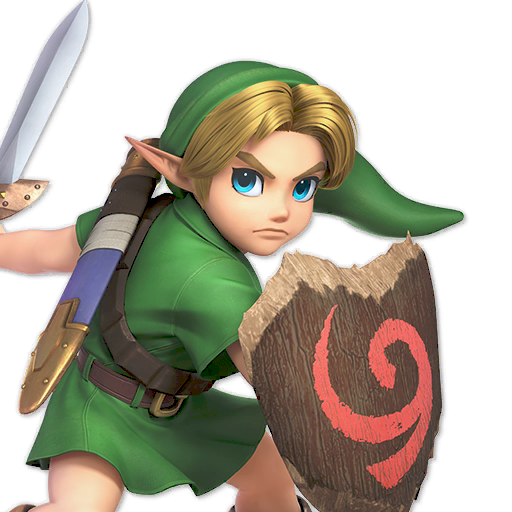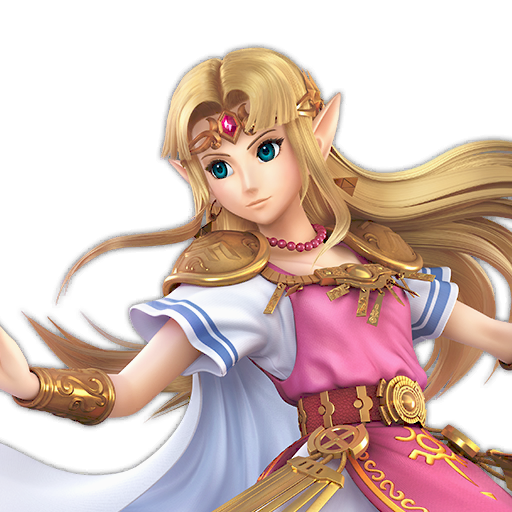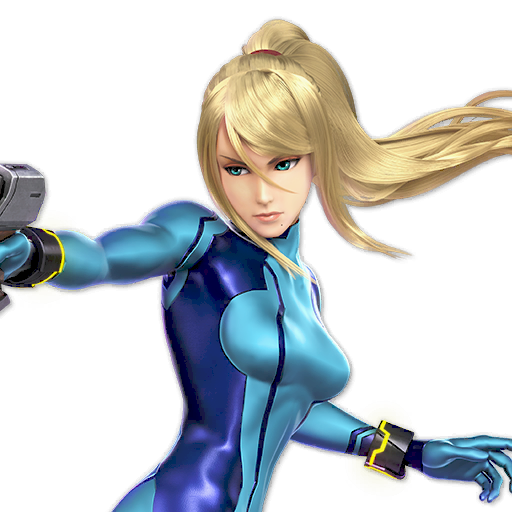Getting Good
Yes, you read the title right - I’m here to tell you how to git gud.
However, there is something you need to know before you read this guide:
There is no one way to be good. There is no secret, no hidden tech, no singular strategy or character, no trick to being good. ZeRo didn’t magically wake up, read/learn one method of playing the game on the internet and become the best Smash 4 player in the world. It took him months and years of training and playing through Melee/Brawl to reach the level he is at today. Armada wasn’t always at the level he is today either. These players took an immense amount of time to reach their level of consistency.
I’m here to help you reach the top level of play and give you some of the tools that a lot of the high and top level players use to improve their game. This isn’t a guide on how to beat your local top player, or how to make an upset at a major. This guide won’t magically make you Top 10 in your region, nor will it make you the best at your character. This guide is meant to help those stuck at a low/mid level and want to break into the higher levels of play. This could also act as a sort of refresher to higher level players who are stuck in a limbo of not knowing how to improve more. I may not be a PGR player myself, but I’ve gone through multiple phases since I started competing, have seen many improve and reach new heights, as well as many others who are stuck in a phase they can’t get out of, or simply cannot handle the pressure of competition and give up altogether. This is for you guys.
Now improving in Smash is extremely broad: there’s a huge amount of areas one can improve upon: neutral, edgeguarding, combo game, etc. There’s a laundry list of resources and guides for each specific situation online, so I won’t bother going over each individually (although I may write a guide on some of them if the interest is there). Rather, I’ll tell you how to improve on your general Smash game, how to practice efficiently, how to play better in tournament, etc.
There are three parts to competition:
- Pre-Tournament
- Tournament
- Post-Tournament
Sounds simple and straightforward right? Well, it is, until you go further into detail in each section. Let’s go over all three of them.
First of all, you need to practice for said tournament. That part is obvious enough. But many players lack in that area heavily: either they don’t know how to practice, practice poorly, or simply don’t practice at all. All three of these lead to bad performances in tournament. Whatever tournament you go to, whether it’s a weekly, monthly, regional, or major, you ALWAYS need to practice for it. There is no reason to not practice for a tournament at all: everything you do will always improve some area of your play, whether it’s technical inputs, mental game, or both.
The most simple and straightforward way to improve is to play the game. The more you play, the more fresh the game is in your mind, and the more you learn about it. Practicing can be challenging for a lot of people due to school or work, but if you are serious about improving, you need to find and set aside the time to improve at the game. You can’t neglect practice and expect to perform at your best every single time. We all have our life johns here and there, but there comes a point where you need to take the game seriously.
But how do you practice exactly? There’re two main ways to do so:
- Matchmaking
- Labbing
Playing matches is probably the best way to practice. Not only does it put you in the situation of an actual tournament match, but you learn how to adapt to new strategies and improve on your own. You can practice matchups, characters, etc. Finding people near you to play with is the most optimal, as it emulates tournament matches the best. However, if you don’t have anyone near you, online matches are also a great way to go. You have access to every possible matchup in the game, and can find people of any skill level. Granted, you run into the issue of online lag, but there are plenty of ways to mitigate that lag. Many top players today grind on wifi for hours on end, and then produce results at tournaments. Many Brawl veterans spent weeks and months playing on sub-par Brawl wifi to later get Top 8 at majors. It’s a proven strategy that works.
Labbing is the other method of practice, but one that is often misunderstood by players. Many see labbing only as “practicing and finding new tech or combos”. While it is certainly a great way to find new ways to play the game, it is NOT the only purpose it has. The lab (training mode) is also the perfect place to practice your current combos, movement, edgeguarding, conversions, etc. When you’re in a match, you only want to be focusing on your opponent (we’ll cover that later). You don’t want to be thinking about yourself, your character, or your combos. Why? Because everything you’re doing should be natural. You shouldn’t have to think about how to input your combo or how to move a certain way: it should just happen naturally. And training mode is the place for you to practice that endlessly to make sure it is on point. Fatality doesn’t pause and think “how do I input my footstool combo again?”, he just does it. Marss doesn’t stop and think “what combos off of Dthrow again?”, he knows it already.
But what about outside the game? How can you improve when not playing? Simple: research. Look up VODs of top players, find guides on your character (how to play neutral, new tech and combos, etc). Ask other players of your character or top players of said character. You won’t be able to find or perfect everything by yourself, and there’s a plethora of information out there about everything you need to know, so utilize it. Melee and Brawl players didn’t have that freedom, but Smash 4 players do. Take full advantage of it all.
Second comes the tournament itself. You’ve trained for a few days now, are up to par on all your tech, and are confident in the majority of matchups. But you still do poorly in tournament and can’t figure out how to beat your bracket demos. What do you do?
Before I approach this subject, there is one thing you must remember above all: when you get to a tournament and have signed up online/at the venue, WARMUP. Sit down at a setup, grab a couple of your friends or join a rotation, and play for a minimum of 30 minutes (meaning around 3-5 matches). This isn’t to practice matchups or get your tech down last minute, but moreso to get you in your zone more quickly. Players usually play a little more sloppily the first few games: it’s your first time picking up the controller, hands are cold, not in the mentality yet, etc. If you run the risk of playing bad in your earlier rounds of bracket, you run the risk of missing punishes, flubbing edgeguards, etc. which can all cost you the set. No one wants to be that guy that starts off bracket from Losers Round 1 and has to play through a lot more matches than they deserve.
Once you have warmed up, and are ready to go into your matches, stay cool and calm. Don’t pressure yourself. Don’t let your emotions take over your play. This is very hard for many players to learn, but it is a crucial skill to know. Going into bracket angry/sad/hopeless will only hinder your performance. You may tell yourself you can control your emotions, but your play will be affected in some way shape or form, no matter what you do. Make sure your thoughts are clear and your only focus is to do your best in bracket.
As for your goal: that varies from player to player. Some put a certain placing in their head and tell themselves they have to reach it. Others tell themselves to simply do their best. Others just play to have fun and perform well that way. They’re a lot of ways to think about the game, but my best advice is to have a consistent mentality that works for YOU and YOU ONLY. I personally go into bracket telling myself to play the best I can. Meaning when I go into a match, I only focus on that specific match, and not the one before/after (will go into that more in a second). That mentality may work for you, it may not. But do not go around switching your mentality during bracket: it will throw you off and cause you to be inconsistent.
Now comes the match itself: you’ve chosen your character, made your bans, and are fighting your opponent. What do you do? What options do you choose? Of course, a single guide can’t answer every question, but I can certainly help you through the thought process.
Your first job is to focus on the opponent himself and nothing more. Again, think back to the pre-tournament phase where you’re practicing to perform your tech flawlessly: you should know your character to a point where you do not need to look at it or think about its actions. You should be solely watching and focusing on your opponent, watching what options they choose, their movement, positioning, etc. and adapting to it.
There’s a key word here:
ADAPTING.
Think of Smash as a conversation: when you’re talking to someone, you’re watching them, listening to their words, and responding back, correct? And you’re choosing your words depending on the situation, emotions, etc. right?
Well it’s the exact same concept in Smash.
Is your opponents constantly running up and shielding? Grab them. Does your opponent love to approach with dash attack? Shield and punish. Does your character mindlessly short hop around? Call them out with a dash attack or aerial. Does your character always recover or land the same way? Punish them every time until they stop.
All these situations I described are very straightforward and obvious, and habits will become harder to notice as you fight higher level players. But always watching your opponent and playing around them is the right way to play, and will bring you a lot more success than having a set playstyle/flowchart. If you always play the exact same way in every situation, use the same options, and recover in the same fashion, you become a very predictable player who doesn’t care about his opponent. Smash is not a single player game: you don’t have your own personal bubble to play in. You can’t do what you want at any time, and expect it to work. You must play around your opponent and force them to either play your game, or shut down theirs so they cannot beat you. It’s similar to having an argument with someone: you don’t want to simply spew the same points again and again: you want to win the argument. Therefore, you use your knowledge as well as the one being presented by the other person and work around it to win the argument. It’s the exact same scenario in Smash: you have your tools and experience, and your opponent is using his. Look at what they’re using, adapt to it with your options, and see what the turnout is. This takes an immense amount of experience and training to do: you can’t become a god at adapting overnight. However, the more you play, and the more adversaries you fight, the better you are at recognizing situations and adapting to them. You can never go wrong with fighting new players, as you will always learn new things about the game and find new habits.
While we’re at it, let’s expand on a certain term:
Habits.
A habit is an action or style that the opponent has a high tendency of performing. These can be obvious things like always running up and shielding or constantly short hopping in neutral, to more subtle things like always performing a jab after a whiffed move, or reacting the same way after being hit. Capitalizing on these habits is crucial to winning a match, as you are abusing your opponents’ weaknesses. There’s no need to fight your opponent when he’s at his best: you want to fight him where he is weak. It’s similar to fighting bosses in RPGs: you want to find the weak point or hole in their defense and abuse it.
The idea is to always be in the advantageous state and not be losing. What does that mean?
That means establishing stage control.
Stage control is the act of controlling the stage and having access to all of its parts at all times. Think back to the tutorial movies you see after the intros of each Smash games: what’s the goal that the game always tells you?
“Knock your opponent offstage”
And how do you not get knocked offstage?
Have stage control.
Deny your opponent of their options. Stay center stage. Apply pressure when your adversary’s at the ledge. Do not let them hit you. Don’t let them play the game. Of course, having constant stage control requires a lot of knowledge of neutral, spacing, etc. And that’s where you’re improving at it in the pre-tournament phase. A lot of players forget about controlling the playing field and solely focus on beating up their opponent. But if you forget about the area you’re playing in, you can end up not utilizing it properly and let your opponent use it in better ways than you can. It’s a lot to think about, but it’s necessary if you want to come out as the winner of the match.
The last point I will touch up on is consistency and stamina when going through a bracket. As you improve and get better at the game, you will naturally place higher and have to play more matches. As you play more, you will be forced to gradually face higher level opponents. Doing so requires more concentration and more mental stability. Obvious, right? Well what I want to say is this: adapt your mentality and focus to your position in bracket and who you’re facing. I’m not saying to sleep on anyone or go easy in your first round matches (in fact, never do that, because that’s the best way to lose early). Instead, keep in mind the state of bracket you are in and gradually increase your focus on the game. If you put the same amount of concentration in your Winners Quarters match than your Winners Round 1 match, you will have a much harder time winning. As you get closer to the top of the bracket, the stakes become higher and the players become increasingly difficult. Don’t let the pressure get to you, but don’t ignore it either. It’s a difficult concept to understand, but one you will get accustomed to as you move on through bracket.
Another important scenario to look at is when in-between games. You will often times find yourself going to Game 3 or 5 against certain opponents. Whether you are having a very close set, are getting destroyed, or are destroying someone. Here’re some quick overviews on each of those situations:
- If you are going toe-to-toe with someone, stay sharp throughout the set. Keep adapting to their play, and do your best to outplay them. This means you are both playing at your peaks, and is the hardest scenario to win in.
- If you are getting destroyed by someone, take a breather, step back, and think about why you are losing. Calm down if needed, and go into the next match stronger.
- If you are destroying someone, do not drop your guard or slow things down. You are in a favorable position, so abuse it as much as possible. Do not sleep on them at all.
Finally, you’re done with your tournament. You’ve finished your bracket. What happens now? There’s a couple options available to you.
Take a small break and calm yourself down a bit. You forced yourself to play at your best for a couple hours, so it’s best to put your mind at ease to not push yourself too much or get stressed out/anxious about your performance. Play some friendlies with people, get some food, socialize, etc. It’s important to recover after a tournament and keep your mind healthy. While many players adore fiending for matches and are always looking to improve, many of them tire themselves out unknowingly and end up underperforming later on. They don’t realize how important it is to keep a sane mentality and health while in competitions, and how important it is to always be on point. Besides, everyone likes to relax. Get plenty of sleep as well.
The next day or two should be about looking back at your bracket and seeing what went right/wrong. Did your new strategy or character do well? Great! Keep using it and improvin on it. Did you lose to your bracket demon again? Look back at the VOD or think back at the match, what you did wrong, and how you can fix it for next time. Ran into an unfamiliar matchup? Look up VODs of other players dealing with that matchup or ask others in your region/out of region how they deal with it. Again, there’s an immense amount of resources out there: use it. Many players go home after bracket and go back to their usual training routine., ignoring anything that happened in bracket. You’ve all heard the meme of the player who goes 0-2 in tournament and goes back home practicing multi-shines.
Don’t be that player.
Do not spend your time focusing on learning new, advanced, and fancy tech. Don’t bother trying to always be stylish in match or pulling off that sick footstool combo you saw on Twitter. Focus on winning. Focus on improving, And most importantly: focus on becoming a better player.
Many of us want to appear in the next EMG play of the week, or appear in another GRSmash video. While that’s certainly feasible, you must always remember that your primary goal in bracket is to win. And if you have to play lame to win, play lame.
A lot of players refuse to play by the percent lead, or refuse to camp their opponent out, as they feel it’s not the right way to play Smash, or because they simply do not wish to win that way. That’s fine. But remember that there’s always a reason why you lose in bracket. Sometimes it’s the character, sometimes it’s the stage, sometimes it’s luck, sometimes it’s jank. But most often: it’s because of the player’s actions and decisions. And if that involves you approaching when you had the lead, or not camping your opponent out when you had the opportunity to do so, then that’s your fault for losing.
Learn to play the game to improve, and to win. Because that’s how you succeed in Smash 4.
Thanks for reading this guide until the end. I’ll see you in Grand Finals. - Cagt (@Cagt3000)
This blog post was written by a SSB World community member. Share your Smash 4 knowledge by creating your own blog post now.
Share your feedback:
You must log in to comment.

